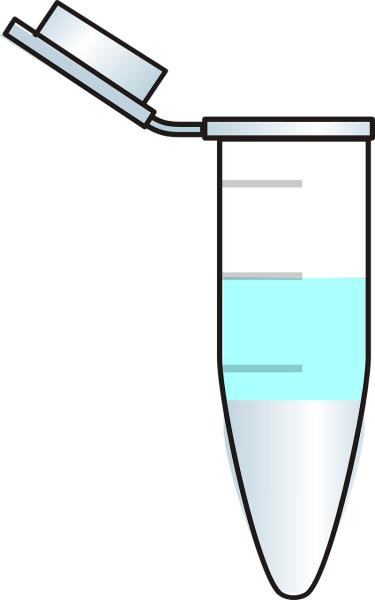The ability to extract DNA from cells is a cornerstone of molecular biology. Without the ability to isolate pure DNA, there is no ability to sequence, clone or manipulate that DNA.
Back when I started at the bench, isolating DNA was a chore. I worked in a neuroscience lab and part of my job was genotyping the mouse colony. In order to know whether a mouse pup had received one or two copies of the gene that we were studying from its parents, I had to analyze it's DNA. First, I had to get it's DNA.
Up until about that time, molecular biology was done the old fashioned way. This meant a multi-step process that involved chemicals like phenol chloroform, and long waiting periods. A DNA isolation would not just be on your to-do list for the afternoon - it was the to-do list for the afternoon.
However, in the mid-90s, "kits" started to become available. These were filled with the necessary components and quick protocols that made isolating DNA easier and faster, with a cleaner, higher quality product. Kits meant that researchers could get the DNA of 100 mice in one afternoon, not ten.
My boss at the time, Dr. Elio Raviola, was a true believer in understanding why we did what we did. And, even though we could afford the new kits, I could only use one after I could walk through the old fashioned protocol and explain what was happening during each step - that the salt is used to neutralize the charge of the DNA's sugar phosphate backbone and what the difference is between precipitating DNA using isopropanol versus ethanol (answer: the solubility of DNA is different in the two).
Now, there is an even faster method developed for DNA and RNA isolation, and it takes about 30 seconds. The method uses revolutionary “dipstick” technology. The protocol (if it can even be called that) is shown below. In it, a tissue sample is ground up and the dipstick (made of wax-coated filter paper) is placed into it, almost immediately capturing the DNA and RNA. Impurities can be washed away while the DNA and RNA stay attached to the paper which can then be transferred to the next step.
Even more remarkable, the new technique can isolate DNA from plants, animals, and microbes and very challenging biological samples such as blood and leaves from adult trees.
This new method is cheaper (estimated at roughly $0.15 per sample), faster and easier than anything else available. Also, it does not require any accessory lab machinery such as a centrifuge or pipettes. That means that this technique could bring DNA isolation to areas of the world where it has not been possible before, like the classrooms of low income schools or small clinics in rural areas. In essence, this will not only give researchers in labs around the world more time and money for more complicated experimentation, it will also take down the wall that exists between the lab and the rest of the world.
Source: Yiping Zou. "Nucleic acid purification from plants, animals and microbes in under 30 seconds" PLOS Biology. November 21, 2017 https://doi.org/10.1371/journal.pbio.2003916




